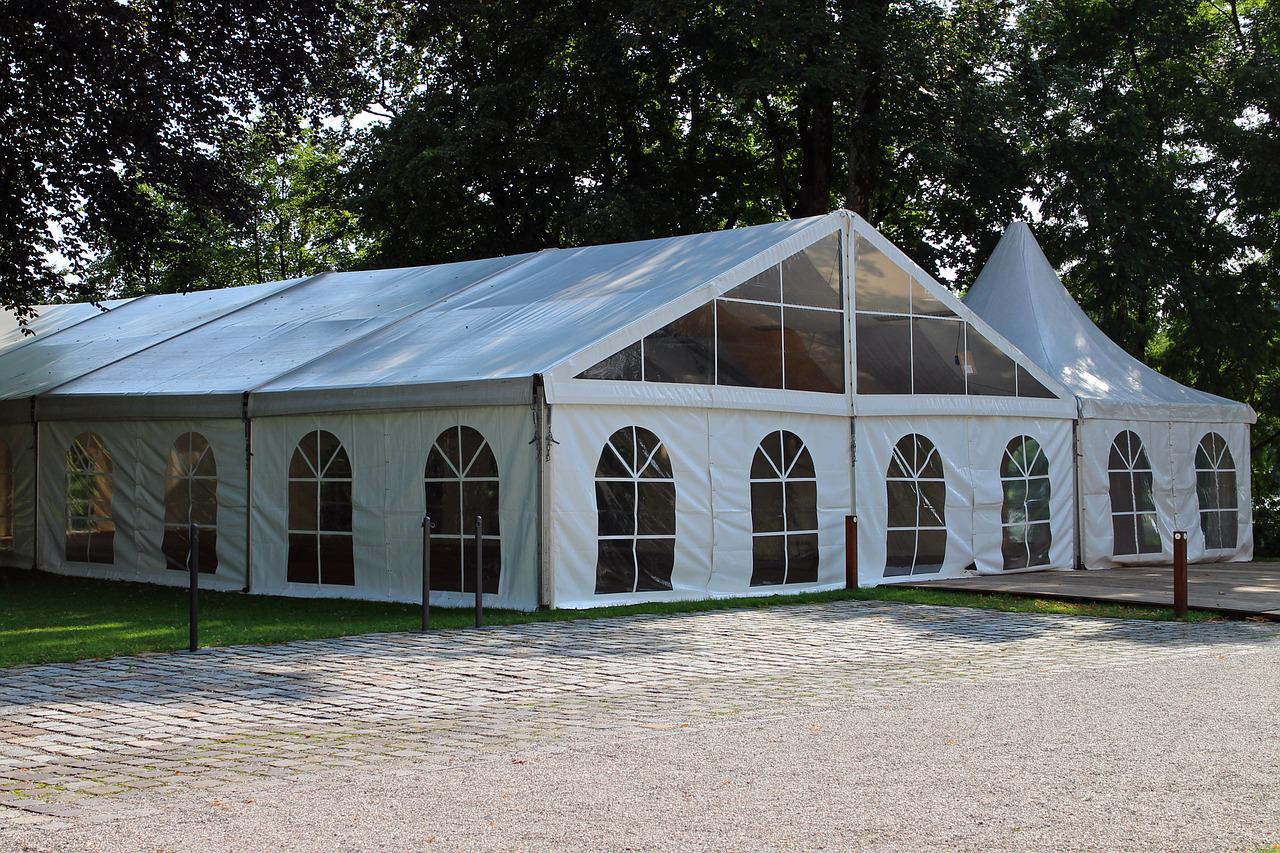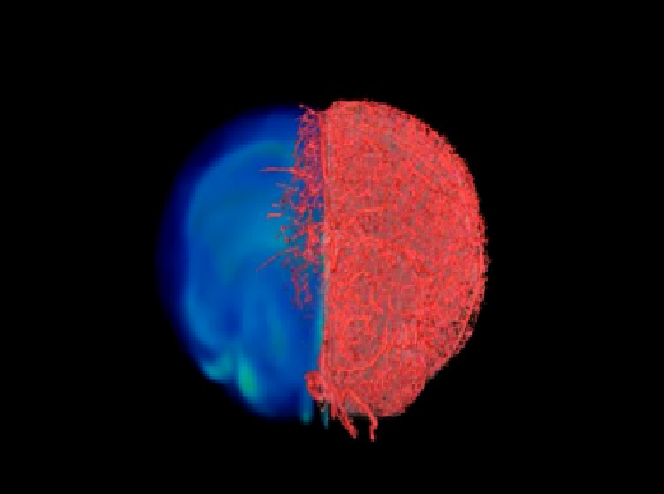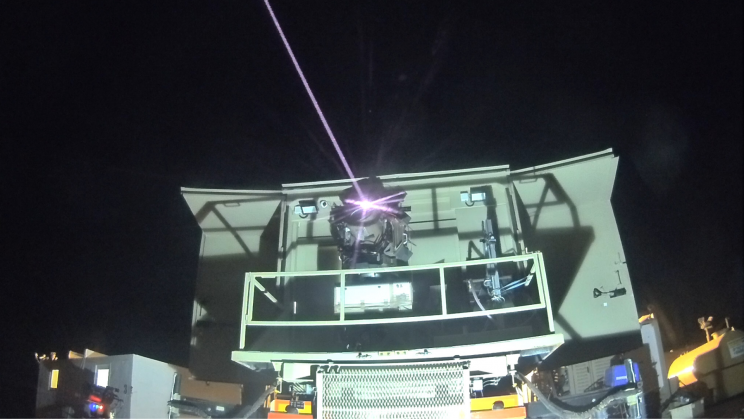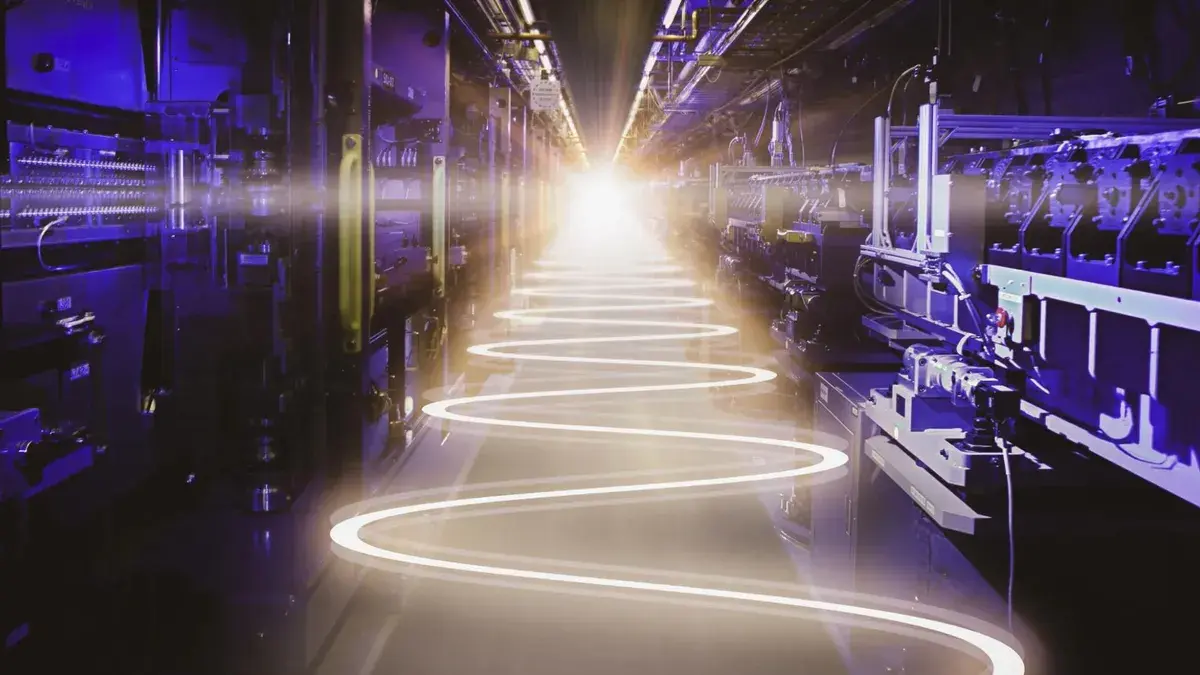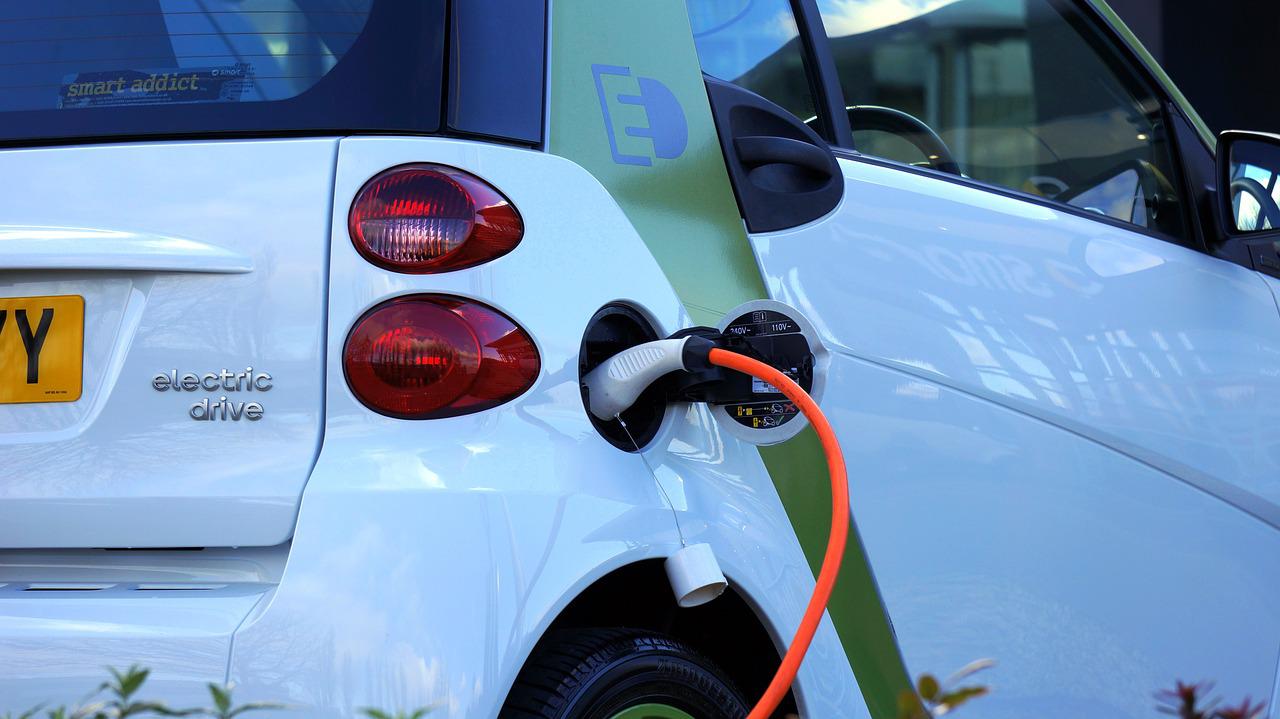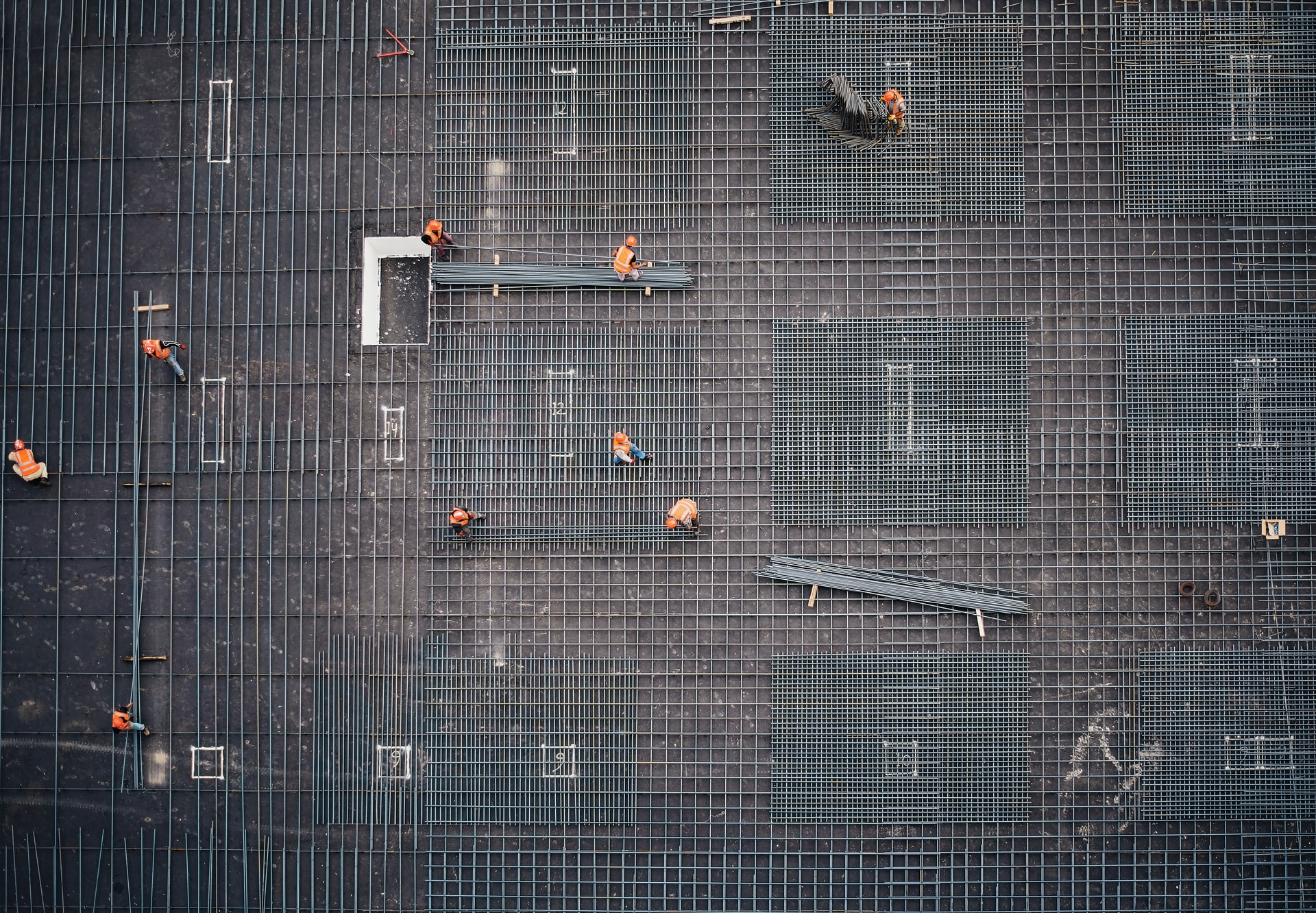People tend to get confused about tensioned fabric and tent structures, as both are made using flexible fabric materials, but in reality, the two are quite different. Tension fabric structures have durable materials and highly engineered structural integrity, making them the best option for demanding conditions or long-term use. Tent structures are ideal for short-term use as their structural design might not handle different site conditions.
When choosing a suitable structure, consider the situation and ask your vendor for advice to ensure you have the right product for the application. Here’s what you need to know about tensioned fabric structures vs. tent structures.
Generic or custom engineering project
Event companies rent out tents repeatedly, meaning the installation package suits general use, and commercial tent manufacturers use a generic configuration approach to engineer these tents. This approach implies that if a tent is stressed beyond the generic situation, like a storm, it’ll likely fail. Tensioned fabric structure packages are engineered to meet each project’s specific use and site requirements, including MRI, building code, category, and occupancy. The tensioned fabric structure’s design and installation are meant to withstand local weather and site stresses.
All-weather durability
Tensioned fabric structures have built-to-last designs engineered to handle strong winds, heavy rains, and snowstorms. They’re designed with inclement weather situations in mind. Since tensioned fabric structures are completely secure, they can be fully sealed like traditional buildings. This means you can add heat and air conditioning and other environmental controls. In contrast, tents can’t withstand adverse weather conditions and could be dangerous if such weather occurs during an event.
Uses and purpose
Tensioned fabric structures can be permanent or semi-permanent, multi-purpose structures with various potential applications such as entertainment and sports centers, aviation, retail facilities, warehousing, maintenance, and commercial and construction projects. Conversely, tents are meant for short-term usage, including single events.
Horizontal tensioning
Tension fabric structures utilize horizontal tensioning to build a structure whose integrity is similar to a traditional concrete or steel building. Using horizontal tensioning, fabric is usually fed into the structure frame’s aluminum beams, and a hydraulic ram tensions the material, then the horizontal frame secures the aluminum plates in place. This incorporates the fabric’s strength into the structure’s overall strength. However, tents don’t use horizontal tensioning or fabric to increase the design’s strength.
Installation processes
Tensioned fabric structure installations are a professional process requiring skilled, certified personnel and heavy equipment. Tents are quick, easy installs, while tensioned fabric structure installations are just like traditional building constructions. Tent installation relies on crews who aren’t required to be equipment or OSHA certified.
They can finish multiple tent installations daily because the set-up techniques are simple. Each project has a custom installation guideline adhering to the relevant building code requirements. The installation process can take days or weeks based on the project’s scope. Nonetheless, the result is built to last long.
Strength and stability
The strength and stability offered by tents and tensioned fabric structures are different. Tents depend on ideal weather conditions and locations to ensure structural integrity. Tensioned fabric structures use custom-engineered designs and advanced membrane fabrics or materials to build stable structures.
Endnote
While tent and tensioned fabric structures might seem similar to most people, your choice will depend on your needs.

